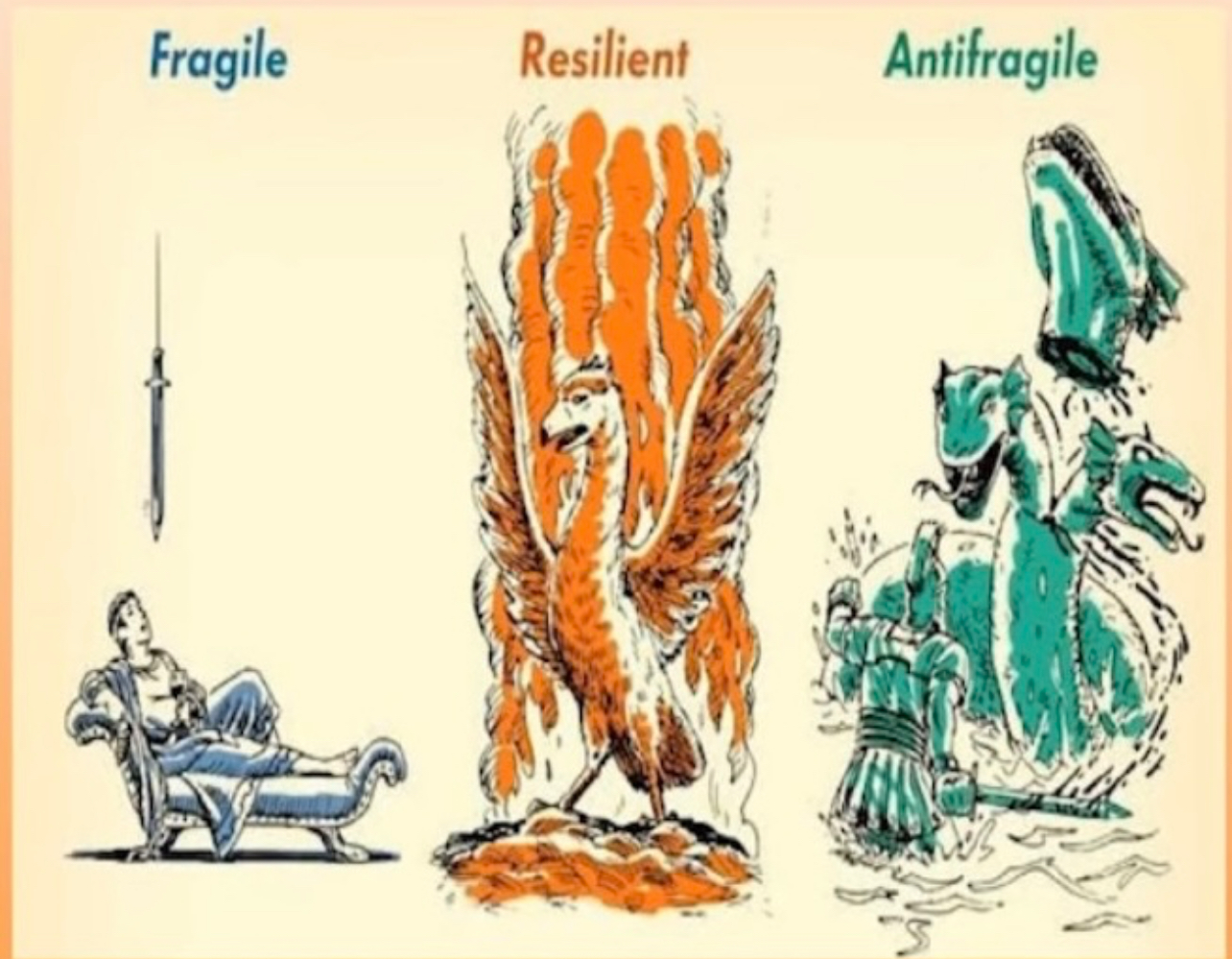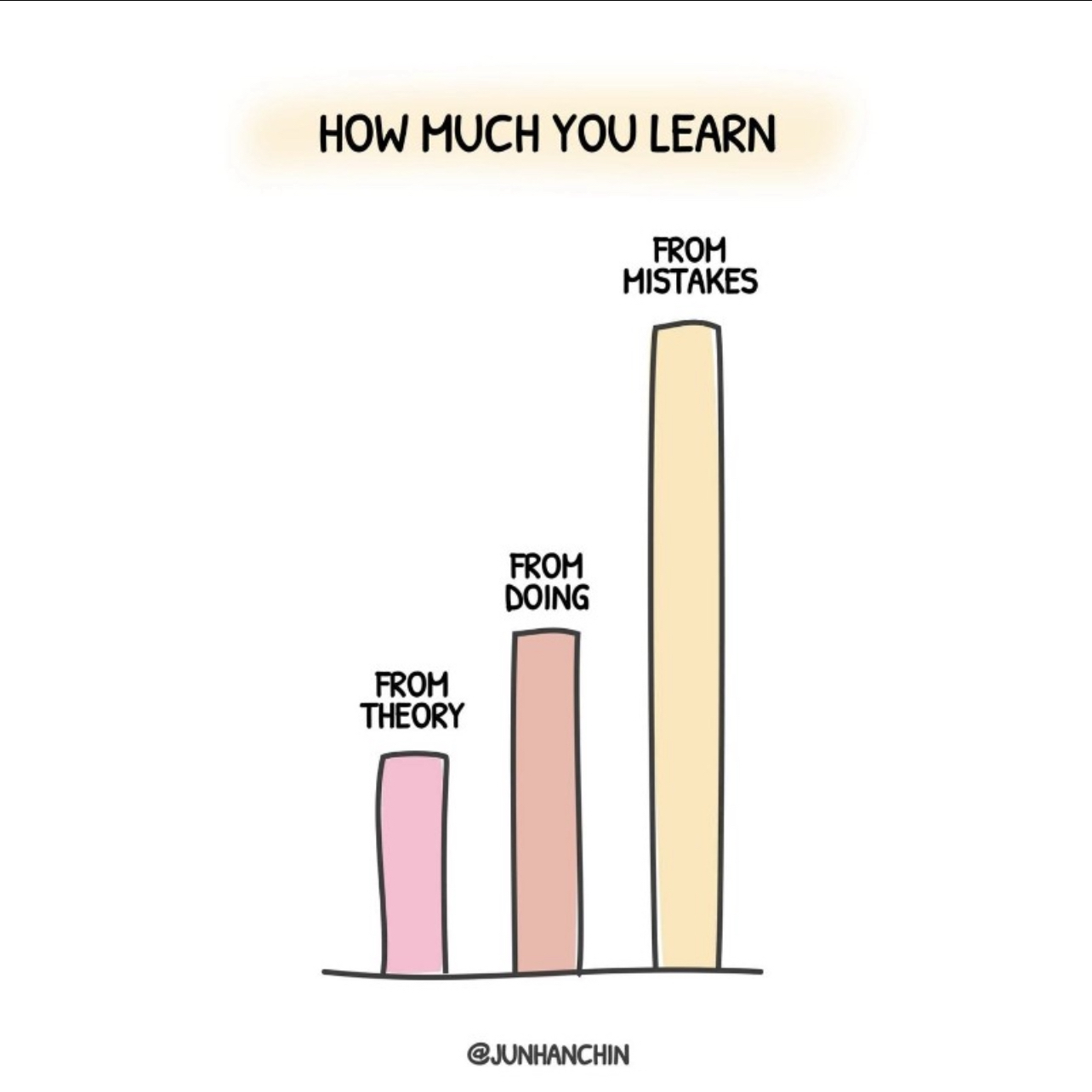Paul's Blog
Bookmark this to keep an eye on my project updates!
Road to antifragility
Roderigo
His eyes open. Just for a few moments as he falls back to sleep to the sound of the ventilator.
Within three months, Roderigo’s world had shrunk faster than a line of compiled code. First, his mom. A quiet thief, cancer had stolen her strength, then her smile, and finally, her life. Then, the world outside his window followed suit. A triple whammy: his beloved mother’s death, a global pandemic, and a massive stroke. There were no visitors allowed during the initial outbreak.
He, a programmer, naturally liked being alone, but this situation pushed that limit. His hospital room was sterile and quiet, his only companions were the tubes sticking out his body, the beeps of machines, and the nurses’ gentle but fleeting moments of small talk.
But changing from his computer screen-lit existence wouldn’t be a simple reboot. The outside world, once a blur of deadlines and takeout containers, now seemed as alien as a foreign language. How could he, a man who navigated virtual worlds with ease, struggle to hold a spoon?
Far from a simple reboot. He had to re-learn how to stand, walk, and even learn how to swallow water again. He started small, regaining control over his fingers with repetitive exercises that felt more like debugging stubborn code. Each regained movement was a compiled line, a step closer to a functional him. He devoured physical therapy sessions, the once-agonizing stretches becoming a challenge to be conquered.
The forced isolation wasn’t all bad. Time, once a luxury programmer life rarely afforded, stretched before him, his thoughts a vast unexplored territory. His body, betrayed by the stroke, became a constant reminder of another truth, a truth so obvious it was easy to overlook: health was the ultimate wealth.
He vowed to change his lifestyle completely.
TLDR
Without health, material comforts mean very little.
The Antifragile Mindset
The concept of antifragility, popularized by author Nassim Taleb in his book Antifragile, describes the true opposite of fragility. It goes beyond the ability to withstand difficulty, but instead gain from it. Someone who is truly antifragile uses difficulty to thrive

Taleb uses three metaphors from Greek mythology to explain the concept. Damocles, a figure with a sword perpetually hanging over his head, represents constant threat and vulnerability. The Phoenix that rises from the ashes embodies resilience and the ability to bounce back from destruction. Finally, The Hydra, a many-headed serpent where cutting off one head leads to two growing back represents antifragility. In other words, antifragility is not just resilience. Rather, it’s about thriving on stressors, growing stronger, feeding on challenges.
These three images capture the essence of fragility, resilience, and antifragility.
Bodybuilding exemplifies antifragility beautifully. Each grueling workout, each set pushed to failure, is a micro-trauma. Muscles tear, the body screams, and you want to quit. But within this discomfort lies the potential for growth.
Think of it like this: when a weightlifter progressively increases the load on their muscles, they’re not just building bigger muscles. They’re forcing their bodies to adapt. Bones become denser, tendons and ligaments strengthen, and the nervous system fine-tunes movement patterns. This adaptation isn’t just about aesthetics; it’s about building a body that’s more robust, more resistant to future injuries, and capable of handling even greater challenges.
Why does stress (to a certain point) spur muscle growth? The answer is hormesis, which is a biological phenomenon where exposure to a low dose of a stressor or toxin can benefit an organism. It’s essentially the idea that a little bit of stress can be good for you because your body naturally overcompensates, so it will be ready for next time.
Similarly, embracing an antifragile mindset helps build mental strength. It can be a metaphor for life’s journey. With this mindset, you can face the discomfort of the unknown, venture outside your comfort zones, and explore new possibilities and opportunities.
August
August sprinted through the park, lungs burning but a smile splitting her face. Her mental health therapist had encouraged her to find a physical outlet for her stress. But here she was, chasing pigeons (mostly winning) and feeling a lightness she hadn’t experienced in weeks.
It all started with a promtion. A bigger paycheck, yes, new teammates to worry about, certainly, and more responsibility, definitely. Yet, August felt like a deflated balloon. Sleep evaded her, replaced by a constant low-grade anxiety. Workdays bled into nights, and the vibrant artist she once was became a ghost, replaced by a productivity machine.
For August, therapy sessions were still crucial, a space to untangle the knots of anxiety and self-doubt. At the same time, exercise definitely helped. So the park became her sanctuary, a place where the chatter in her mind quieted and a new kind of strength emerged.
There, she reset both her mind and body. For her, it was also reminder that mental and physical health weren’t separate entities, but rather two sides of the same well-being coin. And that, August realized with a grin as she chased another unsuspecting pigeon, was a truth worth celebrating.
TLDR
Both physical and mental health should both be paid attention to and taken care of.
Danny Danny “Fingers” Fontana, once a trumpet player known for his lightning-fast runs and smoky speakeasy gigs, was facing his own financial blues. His restaurant, “The Blues Burger Joint,” hemorrhaged cash. The rent,overdue for the third month in a row, loomed as large as a grand piano.
Danny, at 58, wasn’t built for spreadsheets. He thrived on improvisation, not financial projections. But staring at the eviction notice, improvisation wouldn’t pay the bills. He needed a new melody, a business riff. He remembered his granddaughter, Charlotte, a tech whiz studying something called “Lean Startups.” The basic idea was to learn through a systematic approach of trial and error. As a musician used to practice, it made total sense.
Over steaming mugs of chamomile tea (Danny couldn’t stomach coffee anymore), Charlotte explained. “Forget the big plans, Grandpa. Let’s test things out in small batches, like you do with your trumpet solos. Using small failures to create big wins. You know, like when you learn how to play a new tune.” The light bulb flickered on above Danny’s head. He wouldn’t chase a single, risky venture. He’d play multiple smaller tunes, see which tunes the audience (customers) liked or didn’t like.
Their first gig (experiment)? A pop-up jazz bar in a nearby park. Danny dusted off his trumpet, its sheen dulled from disuse. Charlotte, with her infectious enthusiasm, whipped up social media buzz. The park, bathed in the golden glow of the setting sun,became an impromptu concert hall. Danny’s fingers, surprisingly nimble, coaxed life back into the old horn. The crowd, a mix of curious teenagers and nostalgic retirees, swayed to the music. The hat Danny held at the end overflowed with bills, not coins. Not a fortune, but enough for him to buy groceries and feel a spark of hope.
Next, he and Charlotte refreshed the restaurant’s menu. They ditched the generic burger options and went all in on Danny’s own history. The menu became a musical odyssey, a tribute to the greats he played alongside. The “Dizzy Gillespie” featured a dizzying array of toppings – kimchi, pickled onions, and a secret sriracha mayo – a flavor explosion mirroring Dizzy’s innovative bebop style. The “Billie Holiday Burger” was a melancholic masterpiece, a juicy patty cradled in a pretzel bun, draped with melty swiss cheese and caramelized onions, a hint of sweetness amidst the savory, reflecting Billie’s soulful voice.
The response was electric. Foodies with a penchant for the past flocked to “The Blues Burger Joint.” The quirky menu items became conversation starters, the playlists added a whole new dimension to the dining experience. People weren’t just grabbing a burger; they were embarking on a musical journey with each bite.
Slowly, but surely, the melody of Danny’s business started to change. The once-hemorrhaging “Blues Burger Joint” was now a bustling hub, a testament to Danny’s willingness to adopt Lean business practices. Danny “Fingers” Fontana, had found a new rhythm, a delicious fusion of food, music, and the internet, proving that even in the twilight of his career, he could still create something beautiful, something that resonated with the audience.
TLDR
You can apply an antifragile mindset to business. The Lean Startup strategy is a good example of it.
Fail your way to success
The Lean startup is a method for launching businesses and products quickly. Instead of spending a lot of time planning and developing a product in secrecy, lean startups focus on getting something basic into customers’ hands early and often. This allows them to gather feedback and iterate on the product quickly, ensuring they’re building something that customers actually want. Key things in lean startups are validated learning (testing ideas with real customers) and minimum viable products (basic versions of the product used for testing).
In this chapter, I’ve told stories about being fragile (Roderigo), being resilient (August), and antifragile (Danny). Almost daily, we have to deal with failure and improvement. Your app updates (bug fixes) constantly, whether you know it or not. The thesis of this chapter is you can upgrade your mindset so now even little errors How can we take failure and grow from it? Can mistakes be good for you?

Why this works
- The body naturally overcompensates (via hormesis) to repair / build-up itself.
- People can behave in ways that override their emotions.
Implications
- growth even from “volatile” times
- more likley to explore ideas and the world
- less hesitant to take calculated risks